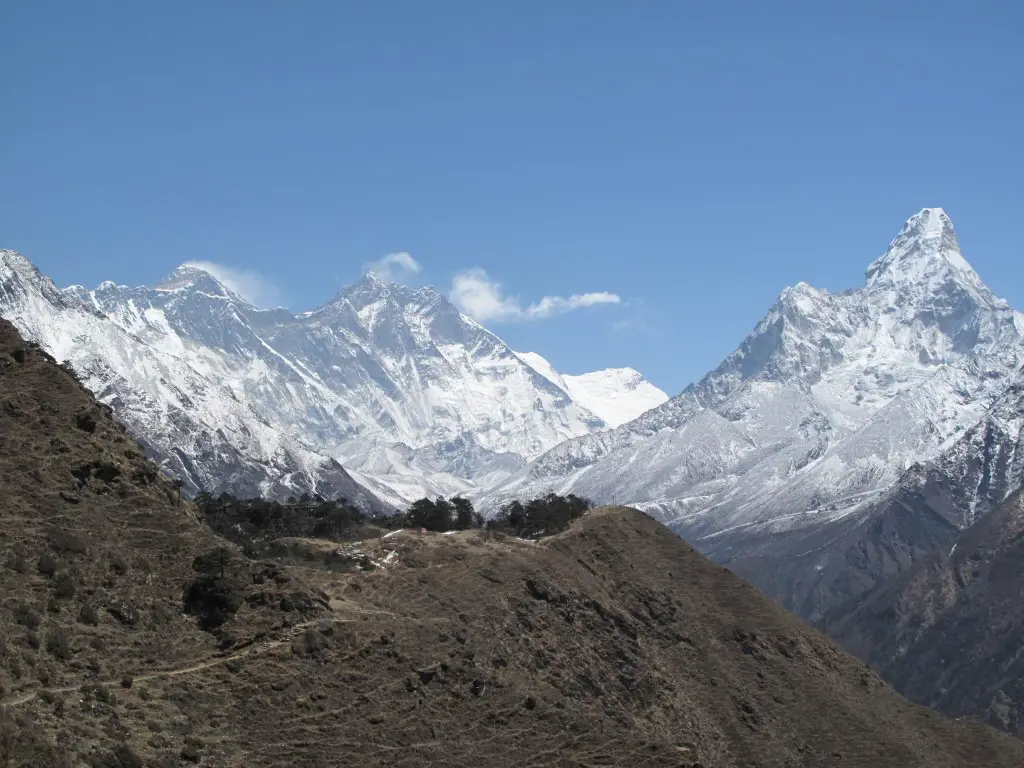UPDATE: We have an updated guide on the cost to climb Everest
One of the most common questions that people have regarding climbing Everest is just how much does it cost? I field those questions from curious people on a semi-regular basis, and I’ve only been to Base Camp, which is why it shouldn’t come as much of a surprise that Alan Arnette gets asked that same question all the time.
Fortunately, Alan has once again posted a summary of the costs for the season ahead, where we discover that the options are getting both more and less expensive all the time.
Alan’s 2016 version of his annual blog post on how much it costs to climb Everest is a comprehensive look at such an expedition’s expenses and the trends that operators on the mountain are now facing.
When researching this topic, Alan reaches out to the guiding companies for insights into their pricing and the factors that impact their costs. In recent years, a few high profile companies have pushed the costs upwards, while less expensive operators from Nepal jump into the fray for the first time. As a result, there may now the largest gap ever in terms of low- and high-end options.
Alan says that a typical Everest climb will range from as low as $30,000 to as high as $85,000 in 2016. Companies such as Madison Mountaineering, Adventure Consultants, Himex, and Alpenglow dominate the high end of that market. At the other end of the spectrum, you’ll find Nepali companies that are still looking to earn a name for themselves.
There is also a difference in price based on which side of the mountain you climb on. Nepal’s South Side is the more expensive route, with the average cost running about $42,000. While on the North Side in Tibet, an expedition is considerably less, averaging closer to $32,000.
That’s a considerable saving, but there are some bureaucratic obstacles to overcome when you go North, which is why the vast majority of climbers stick to the South, despite the increased costs.
If you’ve ever wondered where all of that money goes, Alan has a nice breakdown of the expenses too. The short answer is that your cash goes to pay for travel expenses, permits, insurance, guides, and so on, but there is more to it than just that, and Alan offers insights based on his numerous expeditions to the Himalaya.
Personally, I always enjoy reading this post each year. It provides a good sense of how things are developing for the spring climbing season and what to expect from the companies leading teams up Everest.
Hopefully, 2016 is a much more productive year on the mountain, with less heartache and tragedy than the past two. We’ll find out soon enough.
- Gear Review: The Xero Scrambler Mid is an Ultralight Hiking Shoe for Spring - March 1, 2023
- Gear Review: Yeti Roadie 48 Wheeled Cooler - August 18, 2022
- Kristin Harila Continues Pursuit of 8000-Meter Speed Record - August 16, 2022
